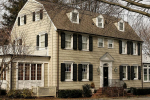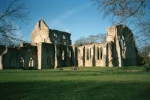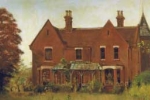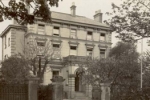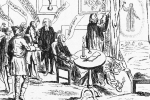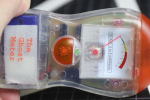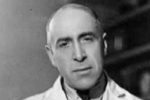Alleged 1970s haunting in Long Island, New York, which became the basis for sensationalist books and films loosely based on the claimed events.
Hauntings & Apparitions
Gives examples of reciprocal apparitions (one which is experienced by both percipient and agent), and considers whether they are evidence of exteriorization of consciousness or of telepathy.
Until its destruction by fire in 1939, Borley Rectory, a Victorian building in Essex in southern England, was the focus of persistent claims of poltergeist and haunting phenomena.
An 1892 report describes frequent sightings by multiple witnesses of an apparitional figure, a woman dressed in black, by members of a household in Cheltenham in the south-west of England.
Notorious 1762 haunting episode, in which poltergeist-type knockings and scratchings heard in a London house became the cause of heated public controversy.
Examines the arguments for viewing apparitions either as telepathic hallucinations or as objective entities.
Electromagnetism may be implicated in reports of seemingly paranormal phenomena, some researchers believe, and detection devices are hugely popular with ghosthunters.
'Ghost hunting’ is a popular term for the investigation of claims of site-based paranormal phenomena, such as ghosts and poltergeists.
The question ‘Why do ghosts wear clothes’ is sometimes posed as a skeptical retort to reports of ghosts and apparitions. In fact, ghosts do usually appear fully clad, and some of the issues this raises are briefly considered here.


